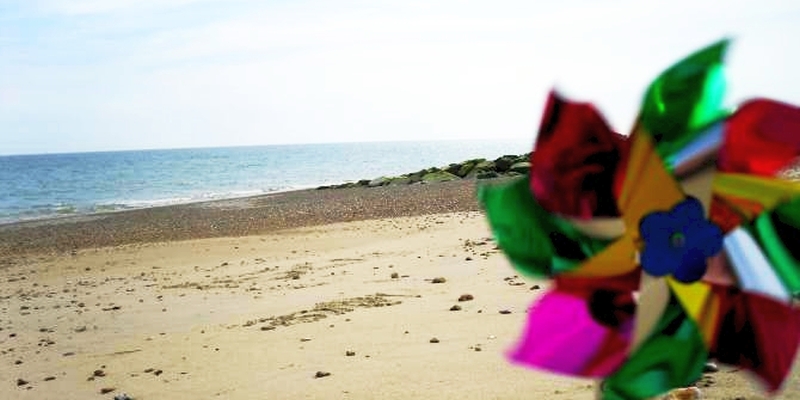
Know your barrels from your curves!
Need to know your barrels from your curves? Not sure about all the surfing terms.
Surfing has a language all its own, developed over decades of wave-riding culture. Whether you’re just starting out or looking to expand your surf vocabulary, understanding these terms is crucial for communicating with fellow surfers and comprehending surf reports. Here’s a list of essential surf terms every aspiring surfer should know:
Barrel
Think about the iconic surfing images and it will probably be a Barrel!
The barrel, also known as the tube, is what every surfer dreams of. It’s when the wave hollows out, creating a cylindrical shape that you can ride inside. Timing and positioning are critical to get barreled. It’s an exhilarating experience that combines skill, courage, and a bit of luck.
Carve
Carve is a classic surfing manoeuvre, where you turn your board on the wave.
Carving is a fundamental surfing maneuver. It’s about using your rail (the edge of your board) to make a turn on the wave face. A good carve requires balance, board control, and reading the wave correctly. It’s not just about turning; it’s about using the wave’s energy to propel you through the turn.
Cutback
A Cutback is a surfing term for when you change your direction while riding a wave.
The cutback is a more advanced move that involves changing direction to return to the critical part of the wave. It’s essential for maintaining speed and staying in the pocket (the most powerful part of the wave). A well-executed cutback can be both functional and stylish.
Drop-In
Dropping in on someone is the biggest faux pas in surfing. It’s not just about etiquette; it’s about safety. Always look both ways before taking off on a wave and respect the surfer who has priority. If you accidentally drop in, apologize immediately.
Drop-in is definitely the big no-no in surfing etiquette. The unwritten rule is that the person closest to the break part has first priority.
Duck Dive
Duck dive is when you press down on the nose of the board so you can dip under an oncoming wave when paddling out.
Duck diving is a crucial skill for getting out past the breaking waves. It’s all about timing and technique. You need to push the nose of your board down so you can dip under an oncoming wave when paddling out. It takes practice but saves a lot of energy compared to turning around or turtle rolling.
Line Up
The Line Up is the area just after the breaking waves. This is where you will see all the surfers waiting for the next set of waves to ride.
The lineup is where the action happens. It’s where you position yourself to catch waves. Understanding the lineup, including where the waves are breaking and how other surfers are positioned, is key to catching more waves and avoiding conflicts.
Offshore
Offshore is where the wind at a surf break is blowing off the shore. Makes for good surfing conditions.
Offshore winds are a surfer’s best friend. They hold the wave face up, creating cleaner, more hollow waves.
Onshore
Onshore winds do the opposite, making waves choppy and less defined. Onshore is where the wind is blowing towards the land. Tends to spoil the waves. Always check the wind conditions before you surf.
Rip
A Rip refers to a strong current that moves out to sea. Can be dangerous for both surfers and swimmers.
Rips can be dangerous, but they can also be useful. Experienced surfers often use rips to get out to the lineup more easily. If caught in a rip, remember to swim parallel to the shore, not against the current.
Wipe Out
Wipe-out is simply falling of your board. This will happen all the time 🙂
Wiping out is part of surfing. Even pros wipe out regularly. The key is to wipe out safely. Protect your head, try to fall flat, and always know where your board is to avoid getting hit by it.
UK Surfing Beaches
The UK has some great surfing destinations. Whether it is famous surfing beaches in Cornwall or stormy beaches in Yorkshire. Check out our guide to Surf Schools around the UK





